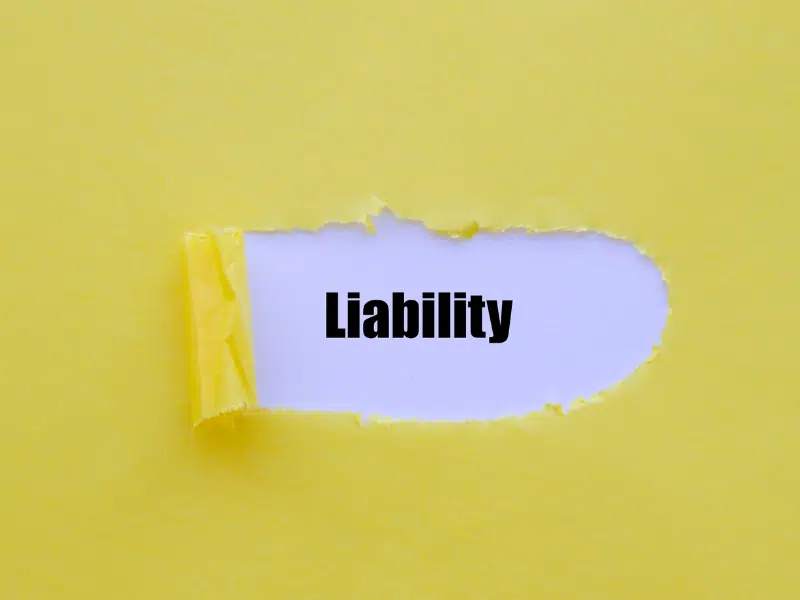Building Liability Orders (BLOs) came into force in June 2022 as part of the Building Safety Act 2022, which introduced significant changes to building safety regulation.
It is common for developers to create subsidiary companies such as special purpose vehicles (SPV), joint ventures (JV) or ‘shell’ companies to carry out development projects. Once the project has concluded, the developer will then transfer assets out of the subsidiary company and look to dissolve it. This leads to a situation where the company responsible for the development no longer exists, which may affect recovery should there be any defects post completion. BSOs are a means of extending liability to entities such as sister and parent companies.
A recent ex-tempore judgment handed down on 21 March 2024 in the case of Wilmott Dixon -v- Prater and others gave important guidance on Building Liability Orders, their potential use by Defendants, and the liability of third parties.
Background
The case concerned allegations that the design and construction of external walls at a development on Love Lane, London were unsuitable from a fire safety perspective.
Almost £47 million is claimed against various Defendants, including two related companies, Prater Limited (“Prater”) and Lindner Exteriors Holding Limited (“Lindner”).
One Defendant, ACEOM Infrastructure & Environment Limited, alleged that, on the basis of publicly available accounting information, Prater and Lindner had, once they become aware of the claim, largely disposed of their assets. These assets were traced through a series of transactions within the same corporate group. As a result of these transfers one of the defendants sought to obtain liability orders from other companies within the same group.
This is a huge departure from the assumed practice surrounding Building Liability Orders. Most assume they are remedies that can be sought by Claimants. This is the first reported case in which a Defendant has sought a Building Liability Order against companies related to another Defendant to secure a contribution to any liability which it may have in proceedings.
To try to prevent this, the Lindner Group companies sought an order that the claim for a Building Liability Order be stayed until the main claim was resolved on the basis that it would be unfair for them to have to deal with the claim until liability had been attributed. They argued that it first needed to be determined whether Prater and Lindner were liable and/or they would not meet that liability and the determination of the additional claim was contingent upon that of the main claim. To support this argument, the parties contended the claim for a Building Liability Order involved an assessment of whether it is ‘just and equitable’ for them to be made liable for the liabilities of Prater and Lindner.
The Linder Group also submitted that, because the additional claim did not concern all of the parties or address all of the issues in the main claim, if it was heard alongside the main claim, it would incur unnecessary costs and wasted time.
The Judgment
Jefford J rejected the application for a stay. The key findings were:
- A party seeking a Building Liability Order was not obliged to bring its claim for the order at the same time as the primary claim against a related company
- However, if a Building Liability Order was claimed before the resolution of a primary claim, the correct approach would normally be to have that claim heard and dealt with at the same time as the primary claim (sensible trial management could usually deal with any difficulties ensuring that the additional Defendants to that Building Liability Order claim were afforded a proper and cost-effective opportunity to deal with it).
The Rationale
- Analysis of the legislation suggests that Building Liability Order claims would normally raise issues which did not necessarily arise in the main claim – but resolving those issues would usually require most of the evidence relevant to the main claim to be considered.
- It would not be sensible to expect the Court to deal with the issue separately to the main claim, particularly when doing so might involve duplicated consideration of the evidence or further evidence on the same issues.
- Contingent claims were normal practice in litigation and claims for Building Liability Orders were no different.
- It was not an answer to say that a Building Liability Order claim could only arise and/or be made if the company facing the primary claim failed to pay it; this failure to pay was not a pre-condition under the Building Safety Act 2022.
Points to Note
The Court accepted that it was possible in appropriate circumstances to impose a Building Liability Order on related companies where the primary company had disposed of assets and it would be ‘just and equitable’ (under the Building Safety Act 2022 test) even if that disposal was innocent and not done with the intention to ‘asset strip’ that company.
It should be noted that one of the companies facing the claim for the Building Liability Order expressly relied on the fact the Lindner companies facing the primary claim (Prater and Lindner) had valid professional indemnity insurance which would meet to some extent the claim against them. This was relied upon in both its pleaded Defence and submissions to the Court. Waiving the confidentiality of insurance in this way and their reliance upon it serves to reinforce the unusual and revolutionary aspects of Building Liability Orders.
The guidance provided by Jefford J and the precedent set by a Defendant seeking its own Building Liability Order by way of additional proceedings is a key development that will assist many others in the future. Building Liability Orders broaden the potential liability exposure for third parties who were not involved in the project and can make those third parties jointly and severally liable.
The Hamlins Real Estate Disputes team has expertise in both commercial and residential matters. We seek to obtain the best outcome possible for every client, no matter how big or small the issue may be. If you would like a conversation to find out how we might help you, please get in touch.




